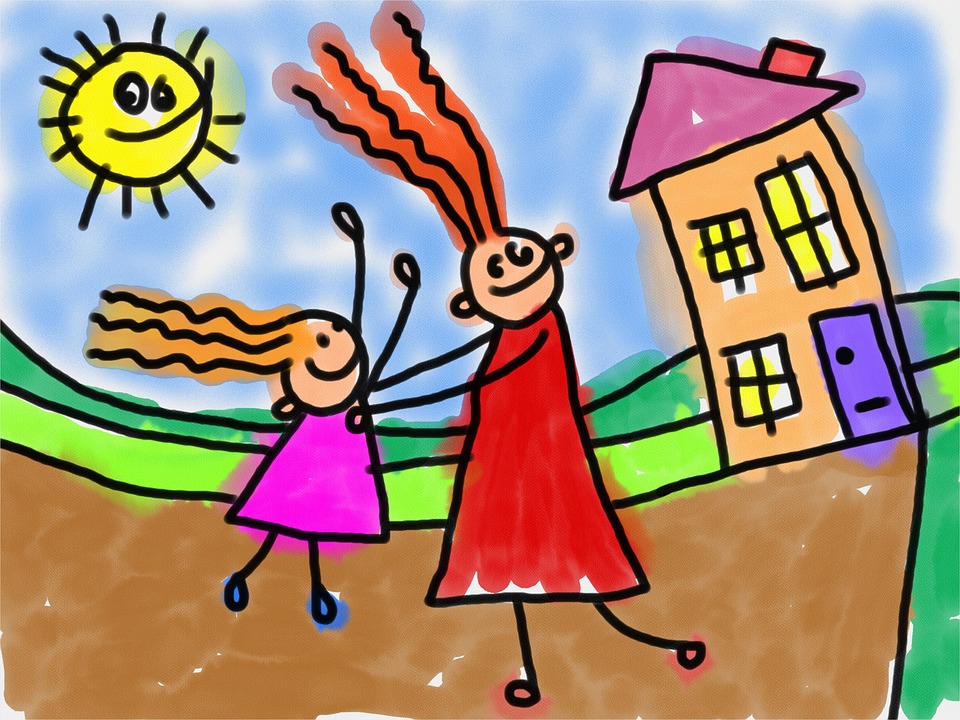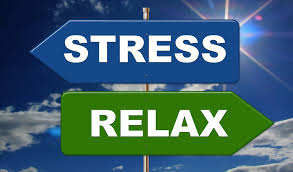
Kids Summer Art Projects for Emotional Health
June 10, 2018
Executive Functioning: How Coaching Helps
November 30, 2018Light Boxes to Aid ADHD, Perimenopause, Depression, Sleep Problems and Other Symptoms
Perhaps you’ve heard about light therapy for seasonal affective disorder (SAD), which is a type of depression linked to the shorter days of autumn and winter. But now, recent research suggests that light therapy boxes might also be helpful for depression and sleep problems linked to hormone changes that affect sleep from perimenopause as well as Attention Deficit Hyperactivity Disorder (ADHD).
The October 2018 study, presented during The North American Menopause Society (NAMS) Annual Meeting in San Diego, analyzed the results of previous research on the topics of perimenopausal depression and low-quality sleep. Researchers found that they were able to improve the mood scores of study participants in as little time as two weeks — with the help of light therapy and sleep intervention techniques. A specific form of Cognitive Behavioral Therapy called CBT-I has also been researched to improve sleep quality.
“This study demonstrates that women with perimenopausal depression and sleep issues may now have a drug-free and non-hormonal option that may help with sleep and improve their mood,” said lead author Barbara Parry, MD. Natural remedies are appealing to a growing number of Americans fed up with the expense of pharma.
But what is light therapy, exactly? According to the Mayo Clinic, light therapy involves exposure to artificial light to treat SAD and other conditions. Light therapy requires you to sit near a special device called a light therapy box, which gives off a bright light that mimics the natural rays found outdoors. Usually this is done in the morning, but for shift-workers with sleep disorders it varies to move the bodyclock to an ideal pattern.
Some studies have been done on Blue spectrum light, some on 10,000 lux lightwaves. Also helpful is limiting exposure to light 1-2 hours before bed from cellphones or other electronic devices giving off blue spectrum light. If these devices are essential, it helps to go in settings and turn on dimmers or filters for device or special glasses are available to block the blue spectrum.
Experts think light therapy affects brain chemicals linked to both mood and sleep. It’s worth mentioning that light therapy boxes may also help people with other types of depression and sleep disorders. And based on the exciting new research, it looks like light therapy for perimenopause and ADHD may help many others improve their ability to fall asleep and stay asleep.
If you think that light therapy for perimenopause might help you, talk to your doctor about trying it. Krista Sherinian, LCSW at Dunham Counseling can advise on this exciting treatment alternative for adults. Call (630) 799-0100 to learn more.
By Krista Sherinian
Associate at Dunham Counseling






